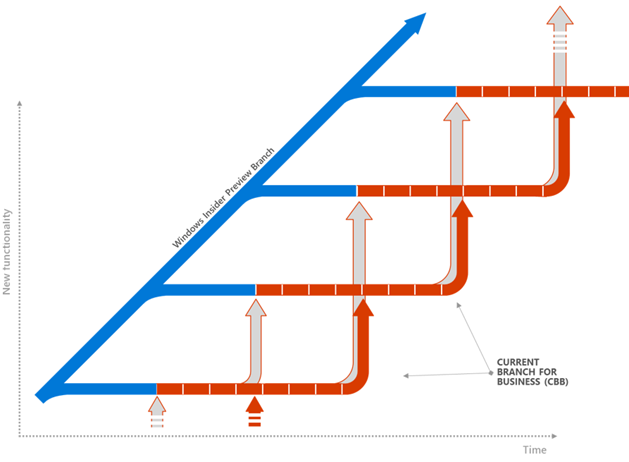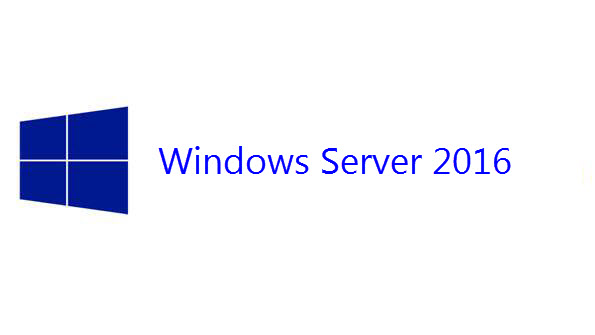Recently Microsoft announced that the official launch for Windows Server 2016 should be at the Ignite conference this 26 to 30 September. Windows Server 2016 will be available in three different editions and in two different servicing model depending on installation option. These servicing models are known as Long Term Servicing Branch (LTSB) and Current Branch for Business (CBB). So the Technical Preview 5 is the final preview and Microsoft works to correct bugs and issues for the RTM.
Windows Server 2016 editions
Windows Server 2016 will be available in three different editions:
- Datacenter: Provides all new features as Storage Spaces Direct, Storage Replica, Software-Defined Networking Stack, shield Virtual Machines and so on. Thanks to this edition you can run unlimited virtualization workloads.
- Standard: This edition provides limited features (no Storage Spaces Direct for example) and limited virtualization. If you don’t need to build a server based on storage or Hyper-V, this edition is for you.
- Business Essential: this edition is designed for small business under 50 users.
Below you can find the difference between Datacenter and Standard Edition and the pricing for 16 Cores. Microsoft has changed the license model to Core model. For each 2 physical cores, you have to buy a license pack. To use Windows Server 2016, you have to buy at least 8 license packs that cover 16 physical cores.
| Feature Differentiation: Datacenter and Standard Editions | ||
| Feature |
Datacenter Edition |
Standard Edition |
| Core functionality of Windows Server |
|
|
| OSEs / Hyper-V Containers |
Unlimited |
2 |
| Windows Server containers |
Unlimited |
Unlimited |
| Host Guardian Service |
|
|
| Nano Server |
|
|
| Storage features including Storage Spaces Direct and Storage Replica |
|
|
| Shielded Virtual Machines |
|
|
| Networking stack |
|
|
| Core-based pricing (for 16 cores) |
$6,155 |
$882 |
Microsoft also has announced that to use a Nano Server in production, you must subscribe to Software Assurance.
Windows Server 2016 Servicing model
It is important to understand the two servicing model available depending on the installation option. The Long Term Servicing Branch (LTSB) is the same model that we have had so far. When Microsoft released Windows Server, they provided 5 years of mainstream support and 5 years of extended support. The provided features were frozen in the time until the next Windows Server release. This is what LTSB provides.

Since Windows 10, Microsoft has developed a new servicing model called Current Branch (CB). Regularly (almost every 4-6 months) Microsoft provide servicing updates to Windows 10 to bring new functionalities and “force” to upgrade the build version. For companies, build upgrade imposed by CB is too recurrent so they need more time. Administrator can choose the Current Branch for Business to postpone the build upgrade for an additional time of 4 to 6 months. This is what is the Current Branch for Business (CBB).

The servicing model depends on the installation option:
|
Installation Option |
LTSB servicing model |
CBB servicing model |
|
Server with Desktop Experience |
Yes |
No |
|
Server Core |
Yes |
No |
|
Nano Server |
No |
Yes |
The server with Desktop Experience is Windows Server 2016 with the GUI deployed and Server Core is Windows Server 2016 without the GUI installed. As you can see in the above table, these installation options support only LTSB servicing model. However, Nano Server can be only in the CBB servicing model.
Before this announce, I have spent a lot of time on Nano Server to understand and to explain how to deploy Hyper-V and Storage Spaces Direct node with this kind of installation option. In my opinion CBB is not a cool servicing model for this usage and I think I will not recommend Nano Server for this kind of deployment. It’s a shame because Nano Server brings a lot of advantages for Hyperconverged node. I’m a little disappointed by this news.
It is out of the scope of this topic, but System Center 2016 should be officially launched at the Ignite conference as Windows Server 2016.















